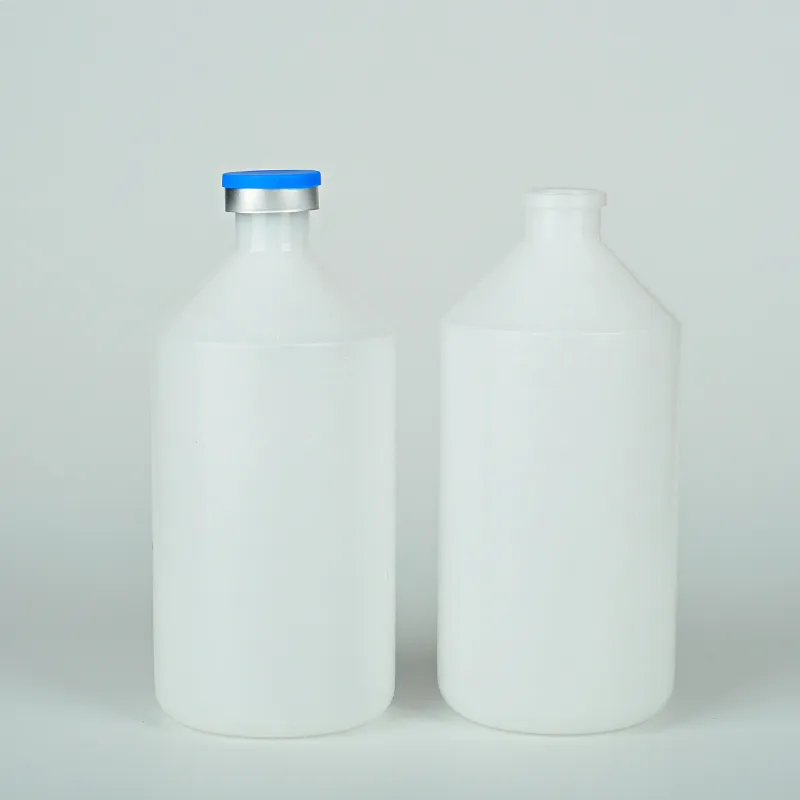
-
 Afrikaans
Afrikaans -
 Albanian
Albanian -
 Amharic
Amharic -
 Arabic
Arabic -
 Armenian
Armenian -
 Azerbaijani
Azerbaijani -
 Basque
Basque -
 Belarusian
Belarusian -
 Bengali
Bengali -
 Bosnian
Bosnian -
 Bulgarian
Bulgarian -
 Catalan
Catalan -
 Cebuano
Cebuano -
 Corsican
Corsican -
 Croatian
Croatian -
 Czech
Czech -
 Danish
Danish -
 Dutch
Dutch -
 English
English -
 Esperanto
Esperanto -
 Estonian
Estonian -
 Finnish
Finnish -
 French
French -
 Frisian
Frisian -
 Galician
Galician -
 Georgian
Georgian -
 German
German -
 Greek
Greek -
 Gujarati
Gujarati -
 Haitian Creole
Haitian Creole -
 hausa
hausa -
 hawaiian
hawaiian -
 Hebrew
Hebrew -
 Hindi
Hindi -
 Miao
Miao -
 Hungarian
Hungarian -
 Icelandic
Icelandic -
 igbo
igbo -
 Indonesian
Indonesian -
 irish
irish -
 Italian
Italian -
 Japanese
Japanese -
 Javanese
Javanese -
 Kannada
Kannada -
 kazakh
kazakh -
 Khmer
Khmer -
 Rwandese
Rwandese -
 Korean
Korean -
 Kurdish
Kurdish -
 Kyrgyz
Kyrgyz -
 Lao
Lao -
 Latin
Latin -
 Latvian
Latvian -
 Lithuanian
Lithuanian -
 Luxembourgish
Luxembourgish -
 Macedonian
Macedonian -
 Malgashi
Malgashi -
 Malay
Malay -
 Malayalam
Malayalam -
 Maltese
Maltese -
 Maori
Maori -
 Marathi
Marathi -
 Mongolian
Mongolian -
 Myanmar
Myanmar -
 Nepali
Nepali -
 Norwegian
Norwegian -
 Norwegian
Norwegian -
 Occitan
Occitan -
 Pashto
Pashto -
 Persian
Persian -
 Polish
Polish -
 Portuguese
Portuguese -
 Punjabi
Punjabi -
 Romanian
Romanian -
 Russian
Russian -
 Samoan
Samoan -
 Scottish Gaelic
Scottish Gaelic -
 Serbian
Serbian -
 Sesotho
Sesotho -
 Shona
Shona -
 Sindhi
Sindhi -
 Sinhala
Sinhala -
 Slovak
Slovak -
 Slovenian
Slovenian -
 Somali
Somali -
 Spanish
Spanish -
 Sundanese
Sundanese -
 Swahili
Swahili -
 Swedish
Swedish -
 Tagalog
Tagalog -
 Tajik
Tajik -
 Tamil
Tamil -
 Tatar
Tatar -
 Telugu
Telugu -
 Thai
Thai -
 Turkish
Turkish -
 Turkmen
Turkmen -
 Ukrainian
Ukrainian -
 Urdu
Urdu -
 Uighur
Uighur -
 Uzbek
Uzbek -
 Vietnamese
Vietnamese -
 Welsh
Welsh -
 Bantu
Bantu -
 Yiddish
Yiddish -
 Yoruba
Yoruba -
 Zulu
Zulu
Sustainable Solutions for Recycling Plastic Prescription Bottles in Our Communities
The Rise of Plastic Prescription Bottles A Sustainable Solution?
In the modern healthcare landscape, the use of plastic prescription bottles has become almost ubiquitous. These containers are designed to safely store medications, ensuring they remain effective and readily accessible for patients. However, with the growing concerns over plastic waste and sustainability, it is essential to examine the implications of using such materials in the pharmaceutical industry.
Plastic prescription bottles are primarily made from high-density polyethylene (HDPE) or polypropylene, both of which are lightweight, durable, and resistant to breakage. These properties make them ideal for dispensing medications. Unlike glass bottles, which can shatter and pose a risk to consumers, plastic bottles are safer and more convenient for both patients and healthcare providers. The flexibility of plastic also allows for various sizes and shapes, accommodating different types of medications and dosages.
However, the widespread use of plastic comes with its challenges. One of the most significant concerns is the environmental impact of plastic waste. Plastic production is energy-intensive and releases greenhouse gases, contributing to climate change. Once discarded, plastic bottles can take hundreds of years to decompose, leading to pollution that affects wildlife and ecosystems. According to the Environmental Protection Agency (EPA), millions of tons of plastic end up in landfills each year, posing a significant threat to the environment.
plastic prescription bottles

In recent years, there have been efforts to mitigate the environmental impact of plastic prescription bottles. Many pharmacies and manufacturers are exploring recycling programs to reduce waste. Some companies have initiated take-back programs, allowing patients to return their empty bottles for proper recycling, thereby minimizing the amount of plastic entering landfills. Additionally, innovations in biodegradable plastics and alternative materials are being researched to create more sustainable options for medication containers.
The pharmaceutical industry is also embracing the concept of circular economy, which emphasizes the importance of recycling and reusing materials. By designing products with their entire lifecycle in mind, companies can reduce waste and promote sustainability. For instance, some manufacturers are increasing the use of recycled materials in the production of new prescription bottles, decreasing the demand for virgin plastic and helping to close the loop in the plastic lifecycle.
Moreover, increasing public awareness about the environmental impact of plastics is encouraging consumers to make more informed choices. Patients are becoming more conscious of their environmental footprint and are advocating for greener practices in pharmacies. This has resulted in a growing demand for sustainable packaging options in the healthcare sector.
In conclusion, while plastic prescription bottles play a crucial role in medication safety and accessibility, they also pose significant environmental challenges. The ongoing efforts to enhance recycling programs, explore biodegradable alternatives, and promote a circular economy are steps in the right direction toward reducing the ecological impact. As we move forward, it is imperative that the healthcare industry continues to innovate and adopt more sustainable practices, allowing for a healthier planet while meeting the needs of patients. By balancing safety, accessibility, and sustainability, we can ensure a brighter future for all.
-
Premium 200ml Medicine Bottles – Leakproof Dropper & Spray Options at Best PriceNewsJul.05,2025
-
PTFE Centrifuge Tubes - Chemical Resistant, Leak-proof, Ideal for Laboratory UseNewsJul.05,2025
-
Premium Metal Dropper Bottle for Precise Dispensing 250ml & 1ml Options AvailableNewsJul.04,2025
-
20 ml Headspace Vials - High Quality Polyethylene & Plastic Vials for Lab UseNewsJul.04,2025
-
Small Bottle with Pipette - Precise Dispensing 100ml Pipette Bottles for Essential Oils & Lab UseNewsJun.24,2025
-
Acetic Anhydride Bottle for Accurate Dropper Measurement in Pharmacy Use High-Quality Dropper BottlesNewsJun.10,2025






















